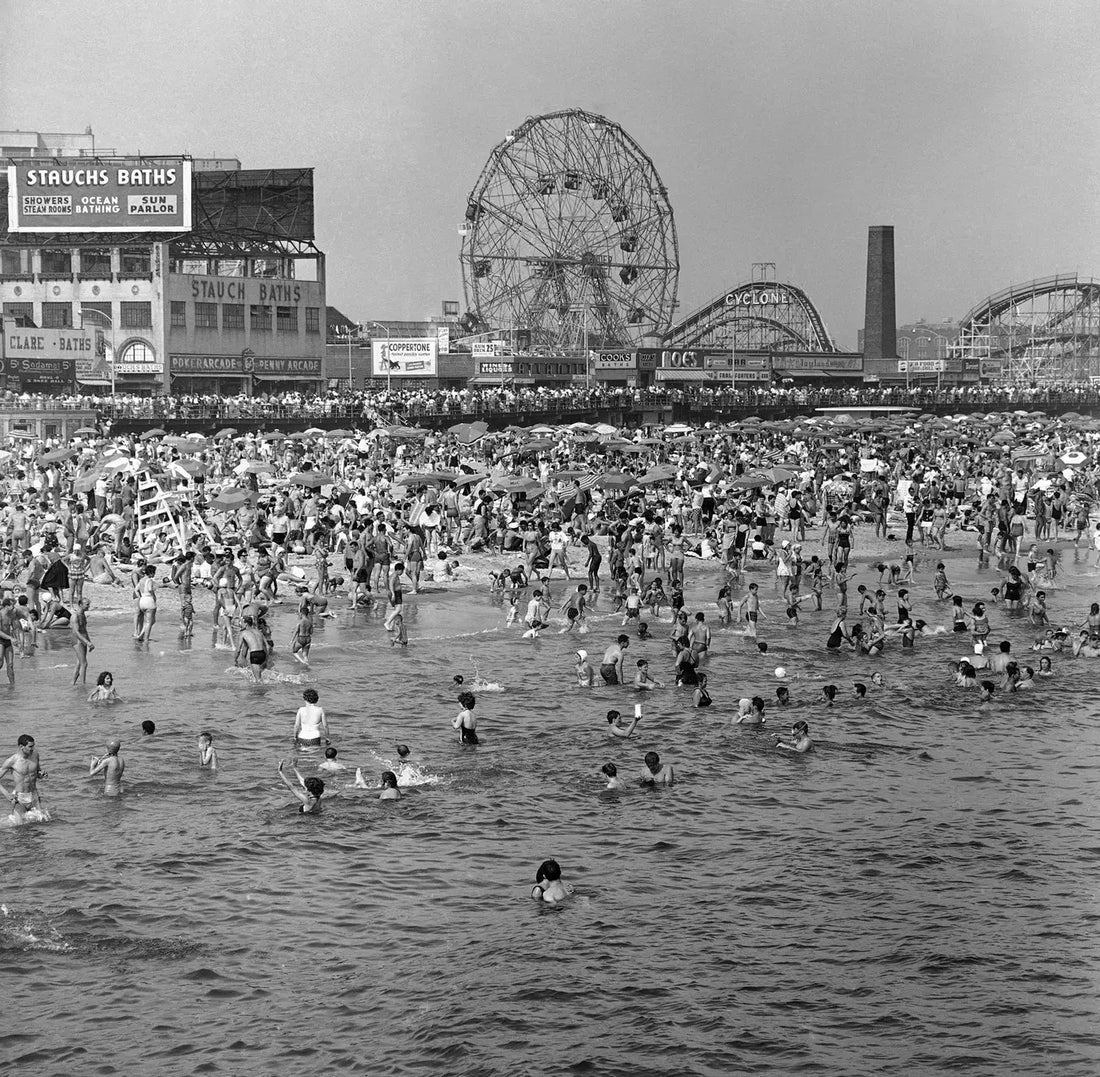Nestled on the southern tip of Brooklyn, a world of wonder, thrills, and seaside delights awaits. Welcome to Coney Island, a historic and vibrant destination that has captured the hearts of locals and visitors alike for over a century. In this blog post, we embark on a journey through time to explore the captivating history of Coney Island, tracing its transformation from a quiet resort to an iconic cultural landmark.
The Early Days:
Coney Island's history dates back to the early 19th century when it was a remote and undeveloped area with sandy beaches and rolling dunes. Initially known as "Conyne Eylandt," or "Rabbit Island," it was primarily used for fishing and farming. However, its potential as a resort destination soon became apparent.
The Birth of Amusement Parks:
In the late 19th century, Coney Island experienced a rapid transformation fueled by the construction of amusement parks that would shape its identity. In 1876, the first park, the Sea Beach Palace, was established, featuring attractions such as a carousel and a roller coaster. This marked the beginning of Coney Island's evolution into the "Playground by the Sea."
The Golden Age of Coney Island:
The turn of the 20th century witnessed the rise of Coney Island's Golden Age, a time when extravagant amusement parks and extravagant entertainment captivated visitors. Luna Park, Dreamland, and Steeplechase Park became legendary names, offering thrilling rides, breathtaking spectacles, and a dazzling array of entertainment options. Coney Island was transformed into a wonderland of fantasy and excitement, attracting millions of visitors each year.
The Boardwalk and the Beach:
Coney Island's allure extended beyond its amusement parks. The iconic Riegelmann Boardwalk, named after the Brooklyn Borough President Edward J. Riegelmann, was constructed in 1923, stretching along the beachfront. The boardwalk became a gathering place for strolling, people-watching, and enjoying the ocean views. The sandy shores provided a haven for sunbathers, swimmers, and those seeking respite from the summer heat.
Cultural and Culinary Traditions:
Coney Island's cultural legacy is as diverse as the crowds it attracts. The neighborhood became a melting pot of cultures, with immigrants from various backgrounds contributing to its unique tapestry. The annual Mermaid Parade, a celebration of art and creativity, showcases the neighborhood's eccentric and vibrant spirit. Additionally, Coney Island's culinary offerings have become an integral part of its identity, with iconic institutions like Nathan's Famous Hot Dogs becoming synonymous with the area.
Resilience and Revitalization:
Coney Island faced challenges over the years, including economic downturns and the impact of natural disasters. However, the spirit of Coney Island endured, driven by the dedication of its community and the determination to preserve its historic charm. In recent years, revitalization efforts have breathed new life into the area, with new attractions, restaurants, and entertainment venues reinvigorating this beloved destination.
Coney Island stands as a testament to the transformative power of time, embodying the evolution of Brooklyn's most celebrated beachfront destination. From its humble beginnings as a remote fishing and farming area to its emergence as a world-renowned amusement park hub, Coney Island has captured the hearts and imaginations of generations. As it continues to evolve and adapt, Coney Island remains an iconic symbol of joy, excitement, and the enduring spirit of community that has made it a cherished part of Brooklyn's history.
